
During our recent trip to Chile and Argentina, we stopped for 3 days in Santiago. Coming from Australia, Santiago is the main hub into South America, so we will likely be back. Like us, many people visit Santiago on their way to other destinations in the area. Some people do not even stop! However, I definitely suggest you do and stay for a few days to enjoy what the city has to offer.
In fact, there are quite a few things to see in Santiago, and its location in between the Andes and the Pacific Ocean gives you endless alternatives for day trips just outside the city itself, something we haven’t done this time, but will definitely do the next time we visit.

Apparently, the best time to visit Santiago is between October and May, which is the dry season. I will have to keep that in mind. We visited in June and the weather was not very good. When it didn’t rain, it was cloudy and rather gloomy.

If you are interested in history, especially the more recent one, you will find plenty of iconic places to visit and many experiences that will touch your heart.
Originally, we had planned to spend 4 nights in town (2 on our arrival from Sydney and 2 before coming back). However, due to a general strike in Argentina, all flights were cancelled and we remained in Buenos Aires one extra day… which meant 1 day less in Santiago. However, we still got to visit quite a few places.
SIGHTSEEING
As we had a limited time for our visits, we decided to stay only in the city. I would have loved to visit Valparaiso, Isla Negra, and Viña del Mar, but it’ll have to wait till next time.
LA MONEDA
The very first thing we went to see was La Moneda. It is the presidential palace of Chile, which was originally built as the Chilean mint. It was about 1 km from our accommodation and an easy walk along Alameda.

During the military coup on September 11th 1973, the Chilean Air Force bombarded the palace at the request of the army. It is here that the democratically elected President Salvador Allende died during the attack. It is a very symbolic place. As the palace was badly damaged during the attack, it had to undergo major restoration projects that were carried out under the dictatorship of Augusto Pinochet. So, as you may imagine, the area where Allende used to work (and where he died) has been extensively modified so as to try and erase his legacy.
During the restorations, an underground office complex (the so-called “bunker”) was built under the front square to provide a safe escape for General Augusto Pinochet in case of an attack.
Free guided tours of the palace are available at La Moneda website and are given in both Spanish and English. They must be requested at least seven days in advance. Needless to say, I did book the tour and it was a fantastic experience.
You get to see the three internal patios. Patio de los Naranjos, where presidential ceremonies take place;
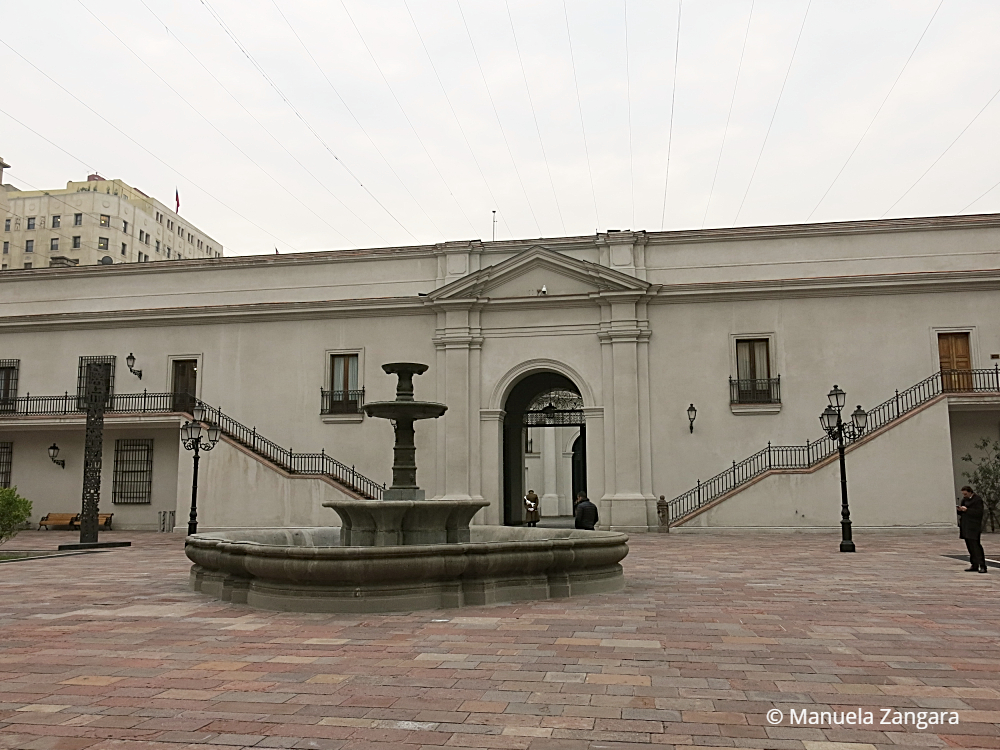
The Patio del Canelo, from where you get a glimpse of what used to be Allende’s office (which is all modern now and is used by the first lady), and where there are some Mapuche sculptures;

And finally the Patio de los Cañones, which functions as an entrance hall because it’s the first patio you encounter from the main entrance.

In fact, I forgot to say that you enter from the back of the palace, which is on the Alameda side… and which I thought was the front!!
The front of the palace is this one.


You also get to see a couple of rooms inside. This is where the President receives the Ambassadors.


And there is also a press conference room.

You can’t see much else, because the palace is still used by the current President and it houses the offices of three cabinet ministers: Interior, General Secretariat of the Presidency and General Secretariat of the Government.
For the same reason, you are followed everywhere by a carabinero (the Chilean national police force that guards the palace). We were lucky enough to be the only ones taking the tour in English, so we had our own guide and… our own carabinero! 😉
They have a changing of the guard ceremony every other day at 10 am during the week, or 11 am on the weekend, e-mail to confirm the current schedule before you go if you want to see it.

You can also visit the Centro Cultural Palacio de La Moneda, located under the plaza behind La Moneda, which has several different art and cultural exhibits at any time.
I highly recommend the free guided tour as it was very interesting and still quite emotional. Even my husband who is less into history than me really liked it.

LONDRES 38
Not far from La Moneda, in the Paris-Londres barrio, you can visit Londres 38, the place where we went next. It’s a building that was used as a clandestine detention and torture centre by the infamous DINA secret police during the Pinochet regime.
The 2 storied house is nestled among many other “normal” buildings and it feels surreal to think that so many people could be made “disappear” in the heart of the city. More than 2000 people were kept here during the first 2 years of the dictatorship and 98 are still desaparecidos – their bodies have never been found.

The first thing you see when you arrive is a plaque on the ground that tells you what the place represents.

But what hit me the most was the many small memorial plaques for victims set into the cobbles of the street. They were so young. The majority of them was in their 20’s.
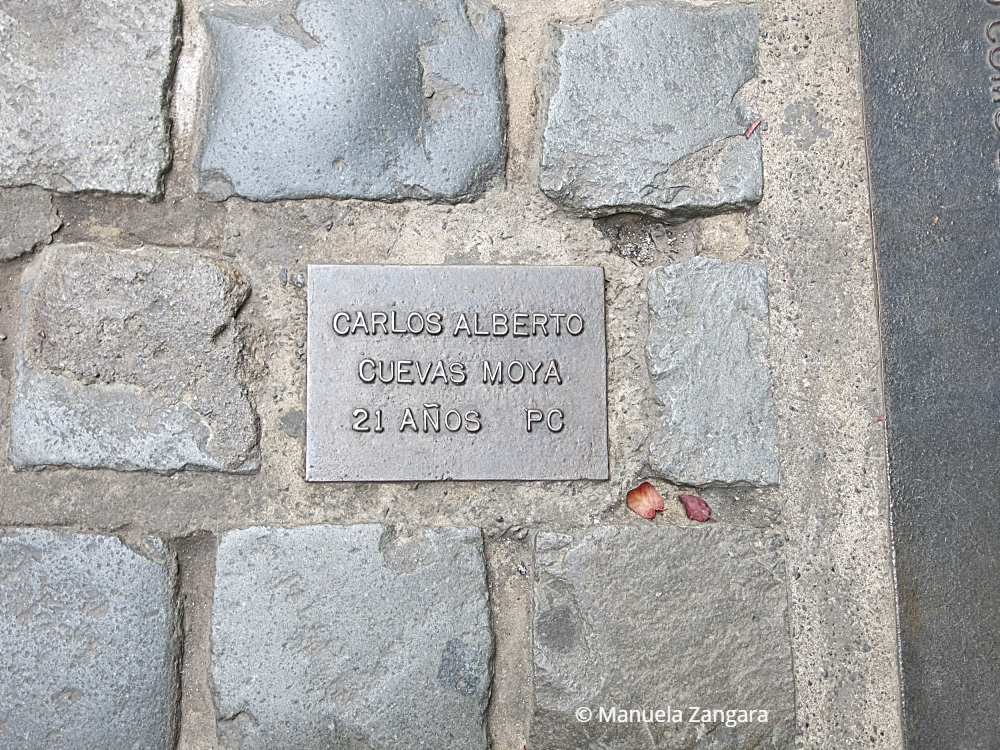
The house has not been completely renovated. The guide told us that there were over 1000 such places in Chile but only 8 still remain after the cover-up that Pinochet organised before leaving power.

The rooms have mostly been left bare. You can see only remnants of installations, like pipes protruding out of the wall (especially in the tiny toilet). There are broken tiles, burn marks on the wood floors, and other traces that are vaguely suggestive, but there is no furniture or so. In a way, though, this contributes to a sad, uneasy, eerie atmosphere.

The black-and-white tiles in the hall beyond the entrance are important, as these were the only thing that the blindfolded victims could see when they arrived. This helped identify the place later.
Some of the rooms upstairs served as torture chambers as a floor plan chart explains, but there is nothing graphic to illustrate this. All texts are in Spanish only, though, so if you don’t speak the language, you will need someone to help you out.

Location: a house at Calle Londres No. 38, in the pretty little cobbled street barrio of Santiago, called Paris-London, just south of Alameda O’Higgins, about 600m east of La Moneda and almost attached to the San Franciso church.
Opening Hours: Tuesday to Friday between 10 am and 1 pm and 3 pm and 6 pm.
Regular guided tours (in Spanish) at noon and 4 pm and Saturdays at noon.
Cost: Free
IGLESIA DE SAN FRANCISCO
The Iglesia de San Francisco is a Franciscan church on Avenida Libertador General Bernardo O’Higgins. The church, along with the adjacent convent, is one of the oldest colonial-era buildings in Chile.


Attached to it, there is also a small museum – Museo Colonial.
LA CHASCONA
La Chascona is one of the 3 houses turned into museums of Chile’s most famous poet Pablo Neruda – my favourite poet. It is located in the Bellavista barrio, near the funicular station that goes up to Cerro San Cristobal.

Neruda used to live here with his third wife Matilde Urrutia, the home’s namesake. In fact, Chascona means “woman with messy hair” in Quechua.

I loved this place. Firstly, it is very well organised. You get audio guides (English is available) at the entrance and you can listen to the description of each room as you tour the house.

And then the house itself is beautiful. It is divided into 3 different buildings connected with stairs and pretty gardens. We even got to see a hummingbird.
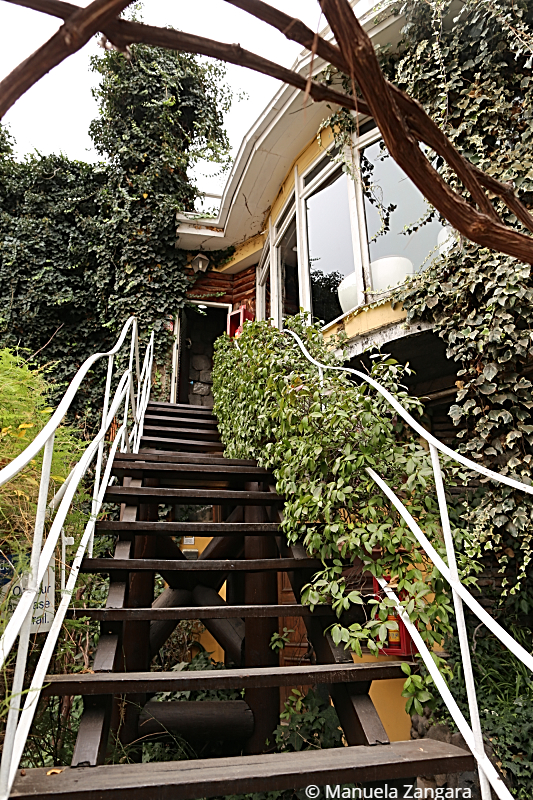
Neruda got the house built so he could see the Andes (and the city), but at the same time, all the rooms were designed to make you feel like you are on a ship.

I particularly liked the dining room, which is quite small with a rectangular table that is long but narrow, so that people could have a meaningful conversation. It is an intimate space.
There are so many objects in the house, many of which come from different places in the world. It is all so well kept that it doesn’t feel like a museum. You can almost expect Neruda and his friends welcoming you in the next room.

I must say that the foundation has done an amazing job at restoring it. Right after the military coup, the house had been completely vandalised by the military. The wake of Neruda’s funeral was done here and there are pictures that show how badly destroyed the house had been.

I highly recommend this visit!
Opening Hours:
March to December: Tuesday to Sunday 10 am to 6 pm
January and February: Tuesday to Sunday 10 am to 7 pm
Monday closed
Cost
General admission: Ch$7,000 per person
Special admission: Ch$2,500 for students and Chileans over 60 years
CERRO SAN CRISTOBAL
Cerro San Cristobal is a hill in northern Santiago from where you can see the whole city and the Andes. The panorama is breathtaking.

On its summit, there is a sanctuary dedicated to the Immaculate Conception, with a 22-meter statue of the Blessed Virgin Mary, an amphitheatre, and a chapel.

At the foothills of Cerro San Cristobal are the Chilean National Zoo and a Japanese-style garden, but we did not stop there.
Cerro San Cristobal houses Santiago’s largest public park: the Santiago Metropolitan Park (Parque Metropolitano).
The summit of Cerro San Cristobal can be reached on foot (about a 45-minute walk, involving a 300m change in elevation), by car, by cable car, or by the Funicular of Santiago. We used the funicular (that takes approximately 5 minutes) from Pio Nono station, which is just behind La Chascona.

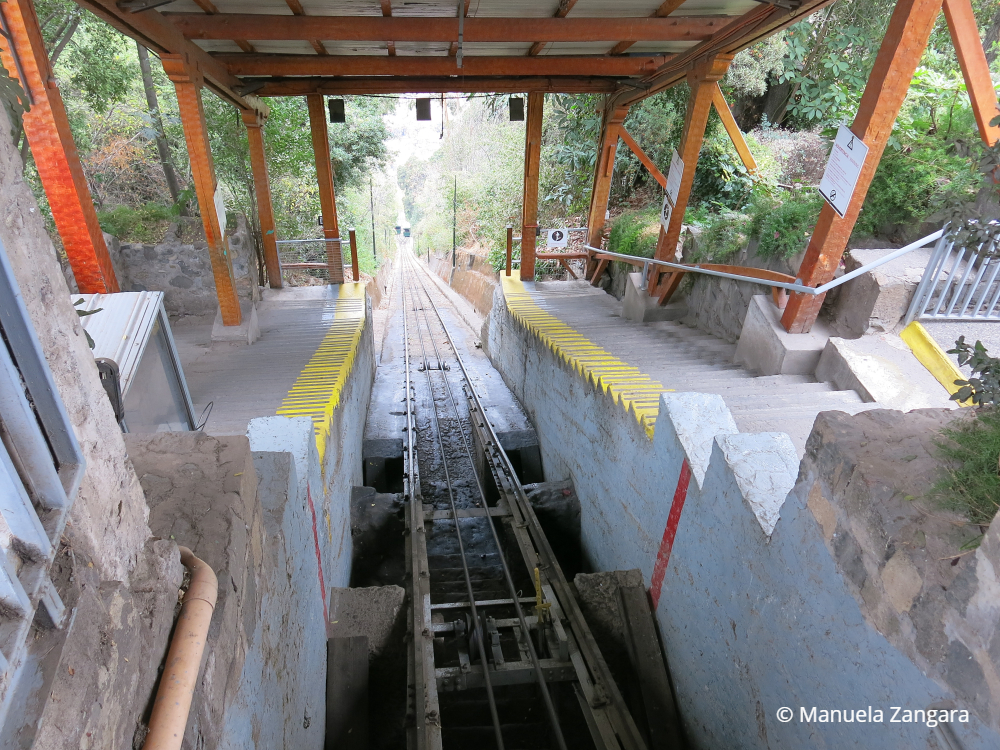
These are the details:

MUSEO DE LA MEMORIA Y LOS DERECHOS HUMANOS
If you are interested in history, the Museo de la Memoria y los Derechos Humanos (aka Museum of Memory and Human Rights) is a must-see. It very well illustrates the dark era of the military coup, dictatorship, and widespread human rights abuses during the Pinochet regime (1973-1990) and the slow return to democracy. The museum has audio-guides in a range of foreign languages, English included.
The building itself is impressive. It is a huge semi-transparent green block with lines crisscrossing over the sides. On a wall to the side of the museum, the UN’s Universal Declaration of Human Rights is displayed for everyone to read.
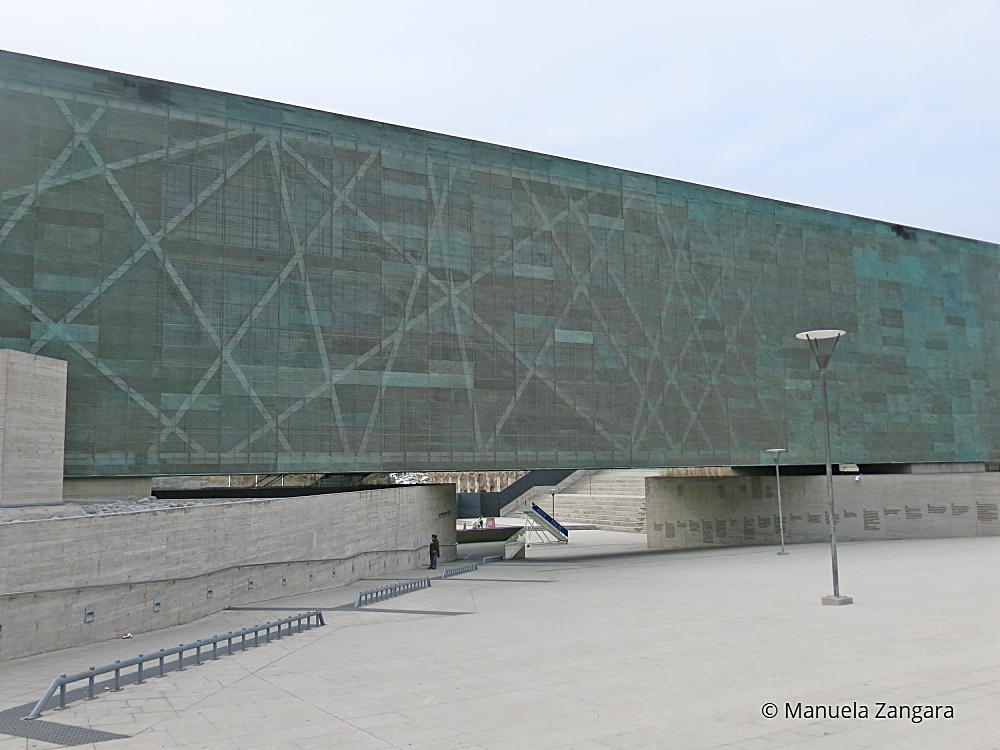
The wall behind the reception desk has a map of the world composed of photos representing human rights abuses around the world.
There are also a few artifacts on display down here, including one of the iron crosses from the Patio 29 section in the Cementerio General, where some of the desaparecidos were buried. This cross still bears the “NN” (no name) mark on it, while most of those at the cemetery have meanwhile been identified.
Then you go up a set of stairs (even the interior design of the museum is stunning) to visit the permanent museum exhibition. The first thing you see is a large screen on which footage from the day of the military coup on the 11th of September 1973 is shown, with the images of fighter planes bombing La Moneda. You hear Allende’s voice, as well as Pinochet’s.
You can see the AK-47 machine gun that Allende allegedly used to shoot himself, the gun was a gift from Fidel Castro. And you can also see Allende’s charred typewriter, retrieved from the ruins of La Moneda.
The next section is entitled “The End of the Rule of Law”, and details aspects such as the use of the national stadium as a concentration camp, the closing of the National Congress, masses of Chileans going into exile, etc.
There are lots of documents, photos and a few artifacts are on display. One section is devoted to the operations of the DINA secret police abroad, especially the assassinations of General Carlos Prats in Buenos Aires and that of Orlando Letelier in Washington D.C. (see Cementerio General below). The involvement of the USA (through the CIA) gets a mention too, here. On display is an unclassified State Department document, about “Operation Condor” and the political implications of the military dictatorships’ “anti-terrorist” strategies as seen from a US perspective.
Then there is a separate section about the torture and disappearance or execution of political prisoners. We did not let the kids in there, as it was too painful. On a large screen, testimonies by surviving victims of torture report in full detail the cruel proceedings applied (in Spanish with English subtitles).
Also on display in this section are books on torture, letters by victims, pictures, and prisoners’ personal belongings such as sandals, jewellery, etc.
Here I saw a grown man cry like a baby. With desperation. He was sitting down and holding his head in his hands. There are no words that can console such pain. His image is what I will always carry with me when remembering this place. I will never know if he was crying for having gone through this terror or if he was remembering a loved one, and it doesn’t even matter. What matters was that his crying was yet another reminder that what was on display in the museum is not something buried in the past. It is still the reality of many people. It is not something written on paper. It is real, very real and very painful.
The remaining parts of the exhibition on the second floor focus more on the issues of resistance and its repression, as well as foreign support, in the years following the first (and most brutal) phase after the coup, up to the end of the dictatorship in 1990. The continuous raids by the military and some especially shocking cases are outlined. One of these is the case of two students who were burned alive in 1986 and that ended up with the death of one of them, Rodrigo Rojas, who was only 19 years old. The other one is known as the Slit-Throat Case in which 3 members of the Communist Party who were opposing the Junta were kidnapped in broad daylight and brutally assassinated in 1985. Also outlined here is the assassination attempt on Pinochet, which he only narrowly survived.
The best and most heartbreaking feature of the exhibition is a balcony that opens up to one side. It is surrounded by little-illuminated perspex sticks that look like candles. In the centre stands a touch screen where the names of all the victims of the dictatorship can be looked up. The huge wall opposite is covered with photos of these thousands of victims. It’s like a punch in the stomach. Very moving.
The last part of the exhibition is all about the end of the dictatorship in 1990.
There is yet another floor above the permanent exhibition’s rooms that are used for temporary exhibitions, but there were none when we visited.
A visit to this museum is a must in my opinion, even with kids.
Opening Hours: Tuesday to Sunday 10 am to 6 pm (8 pm in January and February)
Cost: free (regular guided tours offered by the museum are also free).
Strictly no photography which is a pity. I would have loved to take at least a picture of the huge wall with the photos of the desaparecidos.
CEMENTERIO GENERAL
This was yet another moving visit. The cemetery is huge and it is not just a “monumental” one, like the one in Recoleta (Buenos Aires), this is still very much used today. By mistake, we entered from the Recoleta side, near the subway station Cementerio. We were completely lost, but lucky enough to find one of the guards who gave us directions.
We first saw musician and singer Violeta Parra’s grave.

In front of her grave is the memorial to the people that were made disappear during the regime of Augusto Pinochet.

Its centrepiece is a huge wall of names. In the middle, a single name stands out: “Salvador Allende Gossens, Presidente de la Republica”. The rest of the wall is divided into two. To the left are the 1000 names of the “disappeared”, also listing the date on which each of them was last seen. To the right the even larger number of names (3000) of those known to have been executed with the age and date of the execution.
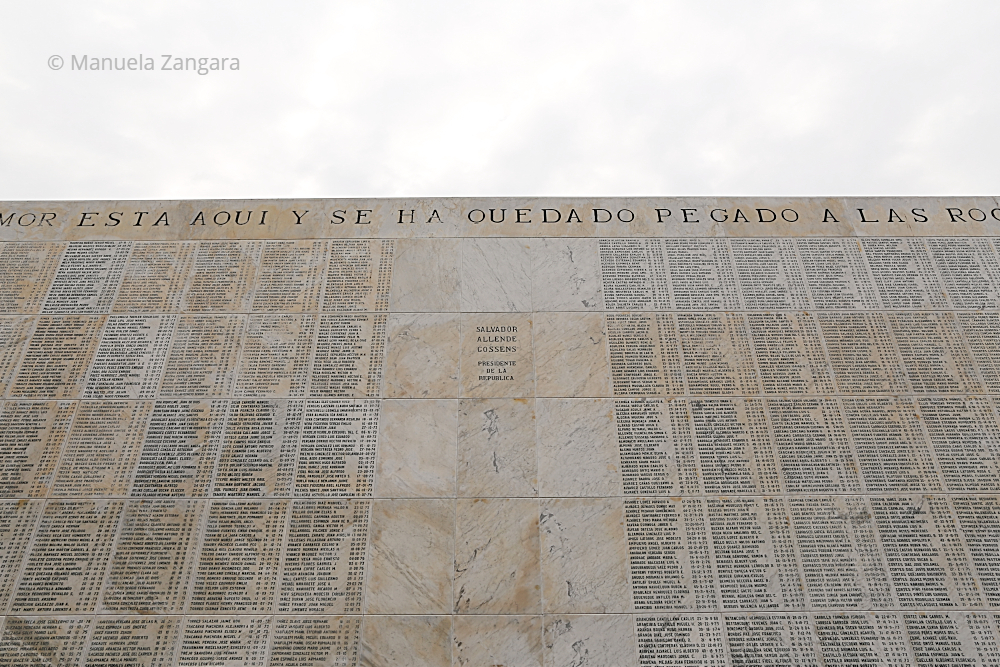
Below the wall of names is a stone garden where relatives of the disappeared/executed place objects and photos for their loved ones. The square in front of the wall is flanked by four rather modern head sculptures.

There are also the graves of people whose remains have been recovered and identified. And some empty ones…
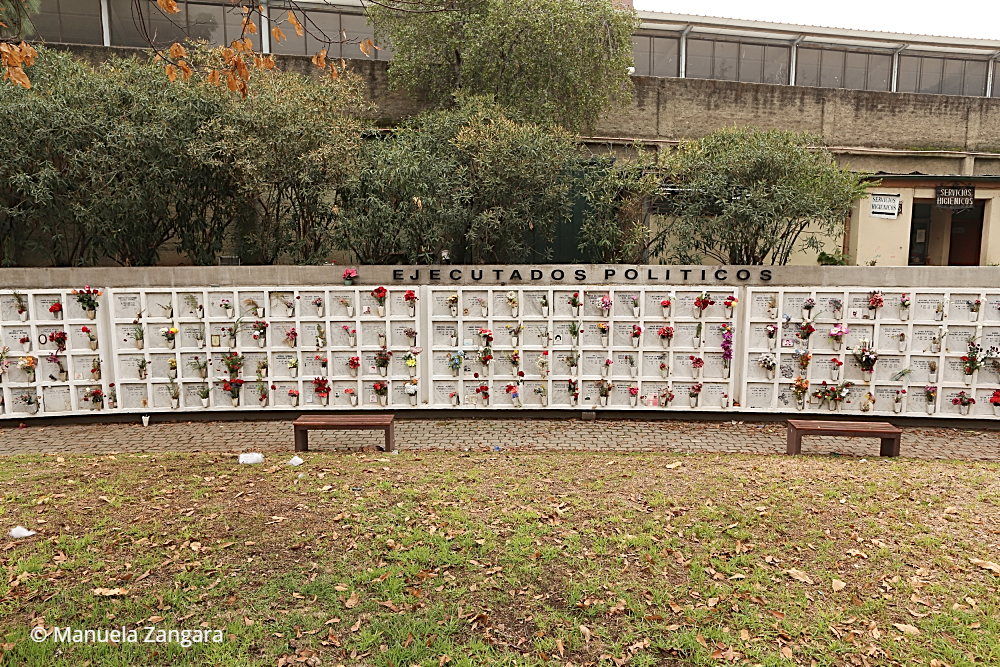
Then we paid our respects to Victor Jara, who was probably Chile’s most legendary singer-songwriter and political activist, and one of my favourite singers. In the very first days of Pinochet’s military coup, Jara was arrested, detained, tortured (they broke his fingers so that he could no longer play the guitar) and eventually killed (with some 40 bullets). Jara’s body was then simply dumped in the street but later retrieved and eventually laid to rest. The contrast between the themes of his songs—which focused on love, peace, and social justice—and the brutal way in which he was murdered transformed Jara into a symbol of the struggle for human rights and justice for those killed during the Pinochet’s regime.
His grave was not where I thought it would be. It has been recently moved from the niche it was in (in patio 159) to a proper grave on the ground nearby. We were very lucky as an old lady who works there stopped us to help and took us there!
If you look at Patio 29, Victor Jara’s grave is on the right-hand side a few metres on the inside. You will be able to recognise it quite easily as it is very colourful and packed with flags and objects. He is still very well loved.

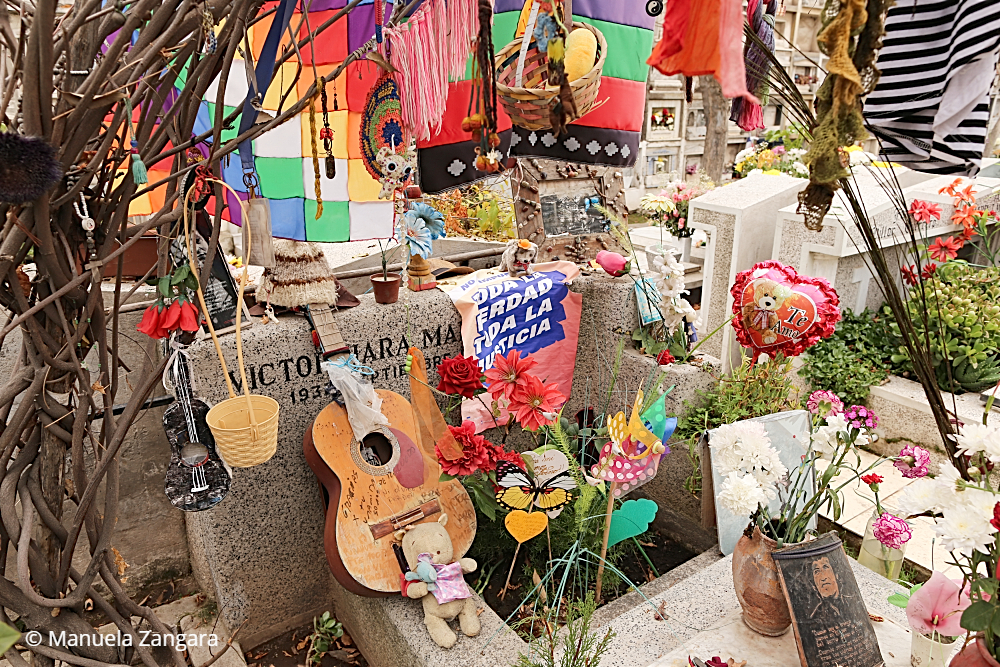
Then we walked to Patio 29, a common grave where political prisoners who “disappeared” during the 1973 Chilean coup d’état were buried anonymously.

Many of these graves are now empty or finally have a name on the crosses, as people keep getting identified. However, some still have the “NN” (no name) mark on them. In a few cases, more than one body was found in a single coffin. Many were badly mutilated, i.e. tortured before being killed.

It is certainly one of the most sobering sections of any cemetery I have ever encountered anywhere. Nowhere else the terror of the junta’s deadly track record become more real.

Lastly, we walked towards the main entrance to see president Salvador Allende’s grave and mausoleum.

After his death in La Moneda on the first day of the military coup, Allende was originally buried in Viña del Mar, and only transferred here after the end of the dictatorship in 1990. It was yet another moving moment.
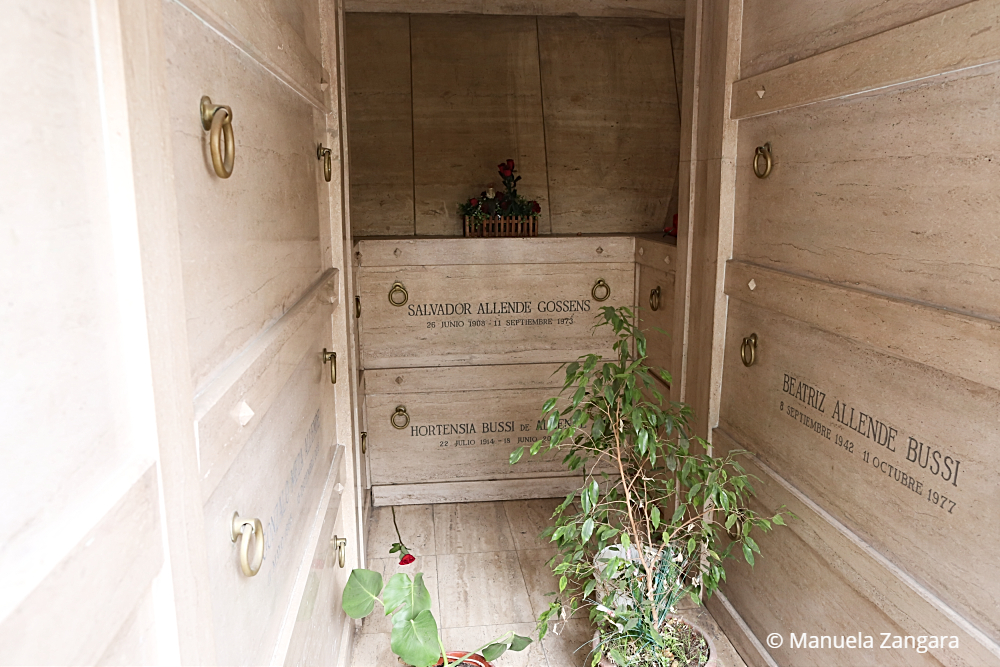
Nearby, a bit closer to the main entrance, you can see the grave of another prominent victim of the Pinochet death squads. In this case, the grave of Orlando Letelier, a Socialist diplomat, politician and associate of Salvador Allende’s, who was first arrested during the military coup, tortured and detained. After his release, he went into exile, took up an academic post in Washington D.C., USA, and continued campaigning against the regime from there. It was in Washington that in 1976 he was assassinated (with a car bomb) by Pinochet’s DINA secret police agents as part of Operation Condor. After the end of the dictatorship, Letelier’s body was transferred here.
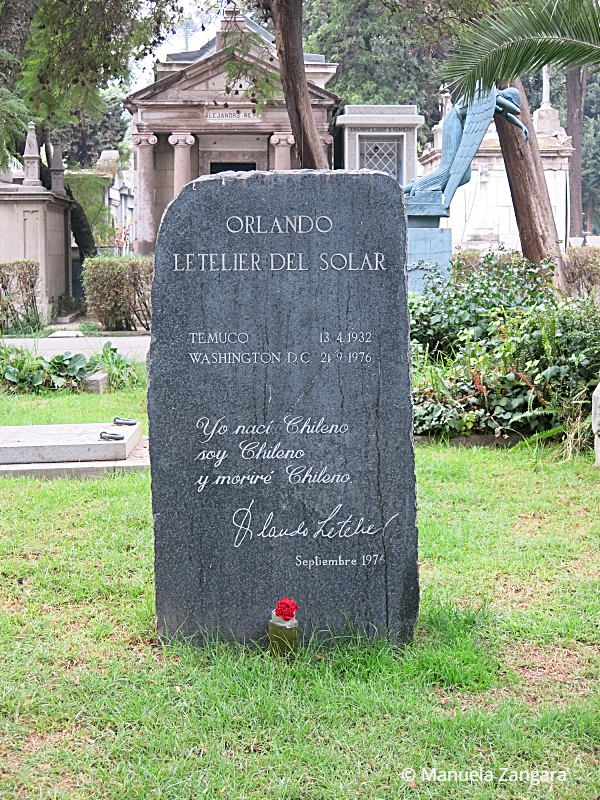
This part of the cemetery is the monumental part and it’s quite beautiful, with lots of statues and monuments.
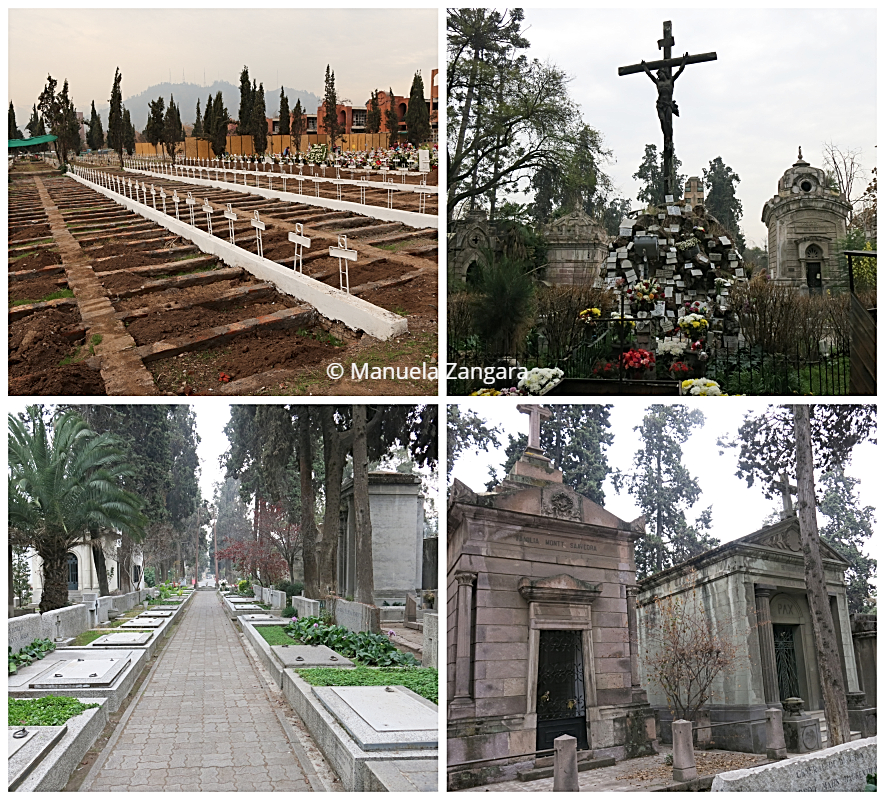
In the years of the dictatorship, this cemetery was a symbol of resistance. During the funerals of people killed by the Junta, normal people used to protest and ask for freedom. The police (the carabineros) would beat them up even here, in a place that was supposed to be sacred. They wouldn’t be left alone even while burying their family members. It was brutal. As a reminder of the role of this cemetery in those years, you can see graffitis against the Junta asking for justice almost everywhere on the buildings of this huge necropolis.
I recently saw a series of documentaries (there are 4 episodes) about the dictatorship that I highly recommend you watch. It’s called Chile, Las Imágenes Prohibidas. It’s in Spanish, but the images speak for themselves.
Yet another must-see visit.
Opening Hours: daily 8 am to 6 pm
Cost: free.
OTHER PLACES WORTH VISITING
Initially, we had planned to have a full extra day in Santiago, but we were stuck in Buenos Aires, so we did not have the time to see everything we would have wanted – a good excuse to be back I suppose!
In my opinion, other places worth visiting would be the following.
Cerro Santa Lucia – A park with fountains and stairs leading up to a fort and with a view of the city at the top.
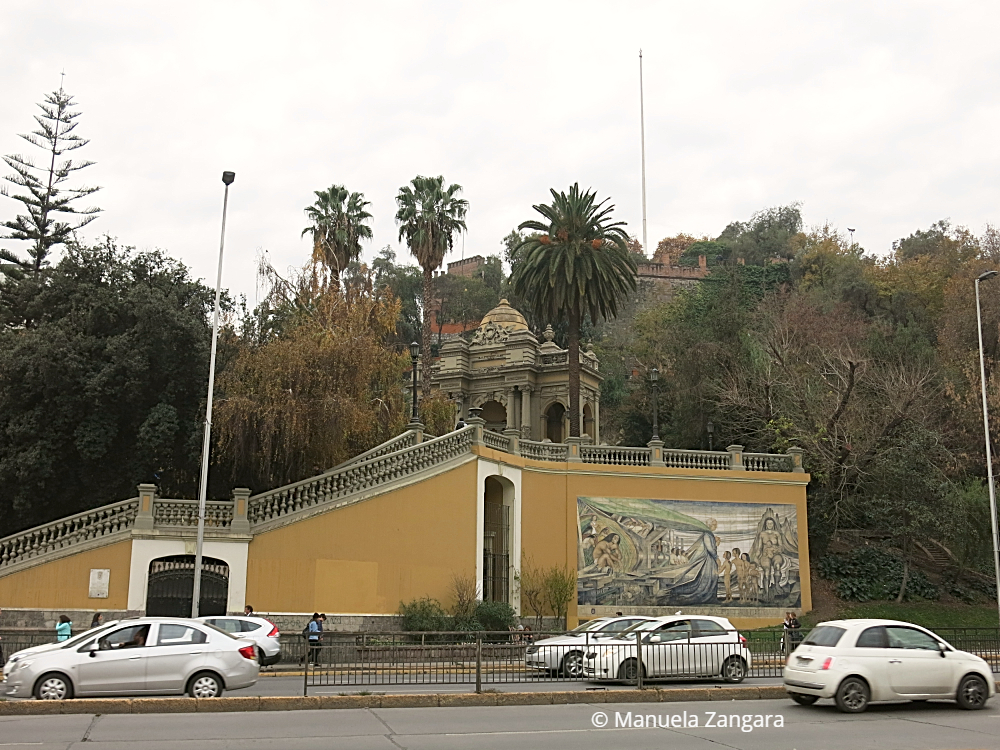
Villa Grimaldi – The site of another former clandestine detention and torture centre under the Pinochet dictatorship, and now one of the main memorials commemorating this dark era of repression and brutality.
Plaza de Armas – The city’s main square where the cathedral and main post office are. We tried to reach it in the evening after visiting La Moneda, but we were exhausted and the many road works made it way too difficult to find and we just gave up.
Catedral Metropolitana – The National Cathedral, formed by the Palacio Arzobispal (the main office of the diocese), the Templo del Sagrario (Sacred Temple, standing in the place of the first chapel ever in Santiago) and the church itself. A nice neoclassical-style building.
Mercado Central – The central market of Santiago. Besides the market itself, there are also many restaurants.
Sky Costanera – The observation deck on the tallest building in South America. It has both an indoor and outdoor observatory that provides a 360° view of Santiago when the sky is clear.
FOOD
Out of the 3 nights that we spent in Santiago, we ate out only 2. The first night, in fact, we were way too tired and jet-lagged and fell asleep before dinner time!
The other 2 nights we ate at a restaurant called Quitral that was in front of our accommodation in the Lastarria area (check out the map below). We were lucky enough to be spoilt for choice in the area where we were staying, however, we liked Quitral the first time we ate there at the beginning of our trip and it seemed somewhat right to finish our holiday the same way we had started it.
The ambiance is really modern and elegant, yet warm and kind of cozy. It was quite cold when we were there, but people were still eating outside. We preferred to sit inside instead.
My husband had a Pisco Sour and it was perfect! I am so happy I managed to replicate it – check out my Pisco Sour recipe here.

Bread and dips for the table.


My husband and I both had a delicious steak with local fried potato wedges.


The kids had roasted chicken and chips.

And a burger with chips.

For dessert, ice cream for the girls (chocolate, green apple, and sabayon).

And an amazing Volcan de Manjar – aka Dulce de Leche/Caramel Lava Cake for my husband and I. It was sinful!

This was the dessert menu.

Highly recommended.
ACCOMMODATION
In Santiago, we decided to stay in the Lastarria area. It was near the city centre and all the attractions we were planning to see. We chose Lastarria 43/61‘s nicely appointed apartments (see map below).
We were very happy with our choice. The apartments are divided into 2 buildings (#43, where we were staying, and #61) with a reception area where there is someone 24/7. There is also CCTV surveillance, just to be extra safe.
The rooms get cleaned daily and the towels get replaced every 3 days. They also give you 2 small bottles of water and some soap and body wash. You get these only once and when they finish, you need to pay/buy your own. Still, that wasn’t a big deal.
The rooms all have a safe and free Wi-fi that works pretty well.
We stayed in 2 different buildings. At the beginning of our trip, we stayed at #43.
We had a 2 bedroom apartment with a nice kitchen, a cozy lounge area with a sofa and TV, a little room where to keep our luggage and where the safe was.
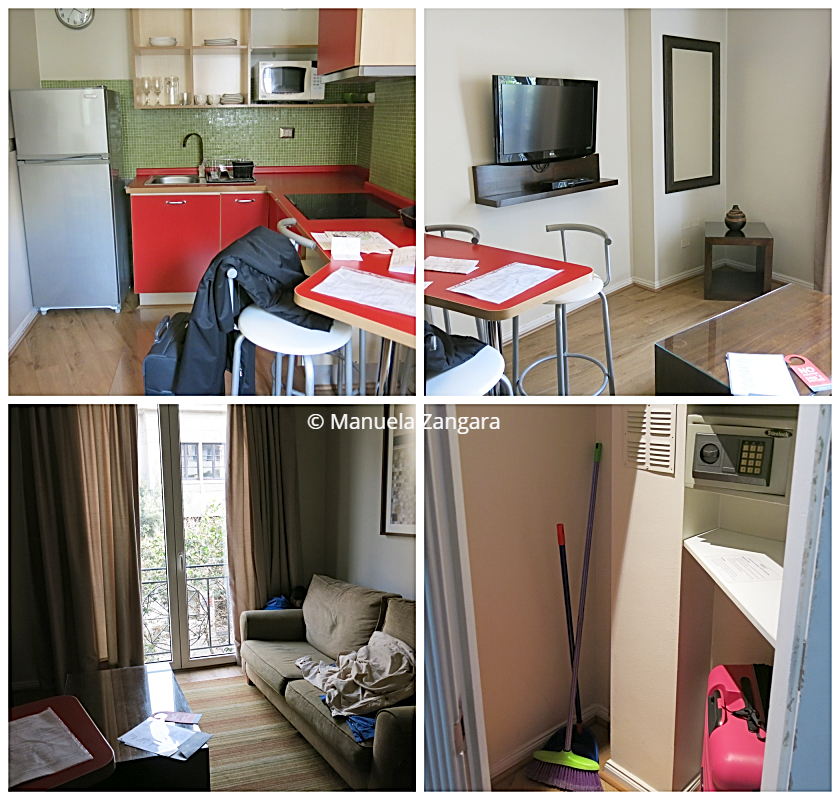
And the main bedroom, the kids’ bedroom (the second bed comes out from under the other bed), and the bathroom.

On our return to Santiago at the end of the holiday, we were put in a completely different building, in José Ramón Gutiérrez 295, just behind the corner from the other buildings, and right in front of the street where the majority of the restaurants are (Quitral included). This apartment is still managed by the same people and it was just as nice. It had all the same amenities. The only thing is there is no reception in the building and if you want to communicate with someone from the hotel, you either have to walk to the other buildings or call them on the phone. But it wasn’t a big inconvenience.
This one too was a 2 bedroom apartment with a nice kitchen and a cozy lounge area with a sofa and TV.
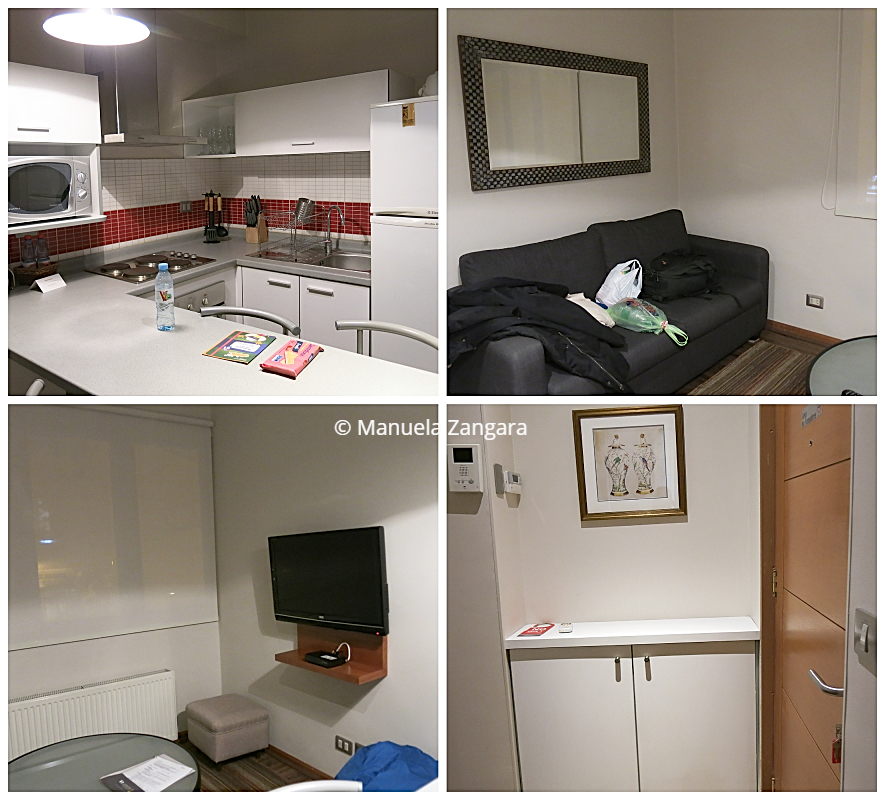
And the main bedroom, the kids’ bedroom (the second bed comes out from under the other bed), and the bathroom.

By staying here you also get some discounts if you eat at certain places in the area, so you may want to check them out. There is also a good supermarket just behind Universidad Catolica called Unimarc (see map below).
I highly recommend Lastarria 43/61 for its friendly service, beautifully appointed apartments, reasonable prices, and above all, for its perfect location! You are right off of the Alameda, opposite Universidad Catolica with the subway and many bus routes just around the corner.
We’ll definitely be back!
HOW TO GET AROUND IN SANTIAGO
Thanks to the central location of our accommodation, we walked almost everywhere. For further locations like Museo de la Memoria y Derechos Humanos and Cementerio General, we used the bus. However, these places are also reachable by subway if you so prefer.
To ride the bus (or subway) in Santiago, you need to buy a BIP! Card. You can get it at any train station and it costs 1500 CLP. You then charge it with as much money as you like. Each bus ride costs 660 CLP. You don’t need 1 card per person, you can simply use one and scan it once per person. Kids below 9 years old do not pay. In theory, you enter the bus from the front door and you scan your BIP! Card in the machine, then pass from the turnstile and move towards the centre/end of the bus – from where you get down. I say in theory, as we saw many people simply entering from the middle/end doors without paying.
From the airport in Santiago de Chile we used a private transfer to get to our accommodation in downtown Santiago. We used Transvip and their stand is at the airport just after you retrieve your luggage and BEFORE getting out in the open air. It cost 26,400 CLP each way but if you book a return transfer you get 10% off. They have different options, including a shared transfer that would be cheaper for 1 or 2 people.
CONCLUSION
If you are planning a trip to any nearby location, do stop a few days in Santiago. It has a lot to offer: beautiful colonial architecture, interesting museums, historical and meaning places to reflect on the recent past, good food, and even great views over the Andes! We will be back!
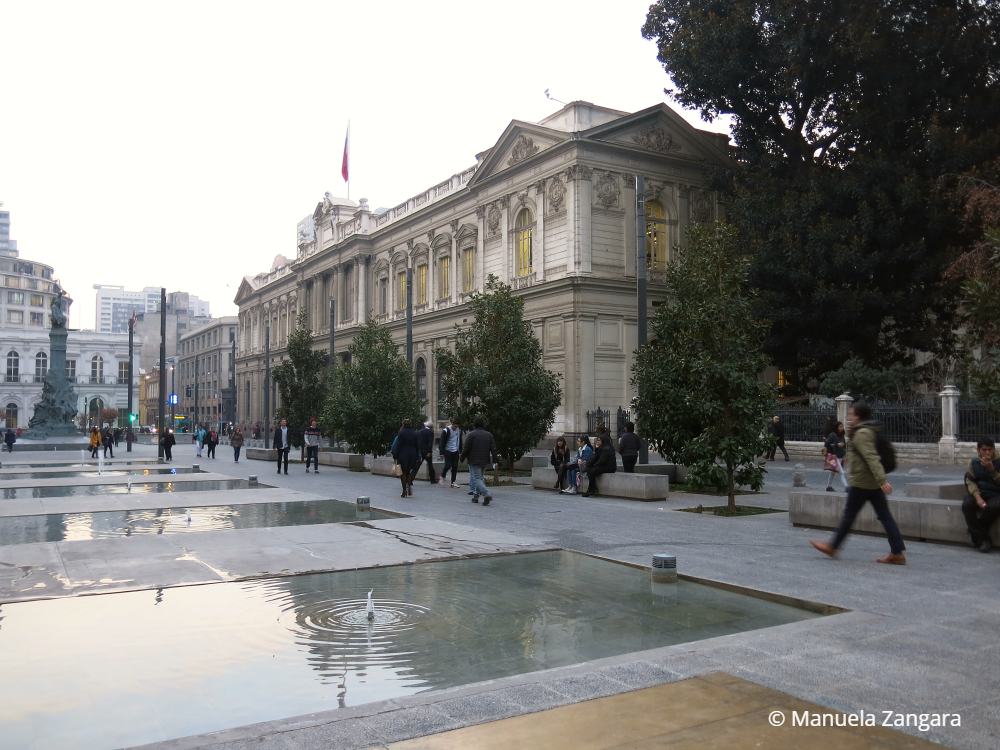 ‘
‘

MAP
RESOURCES ON MSM
RECIPES:
Sopaipillas con Pebre y Pasadas
TRAVEL IN SOUTH AMERICA:





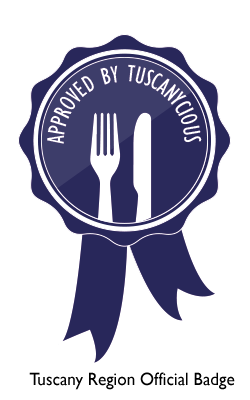












Leave a Reply